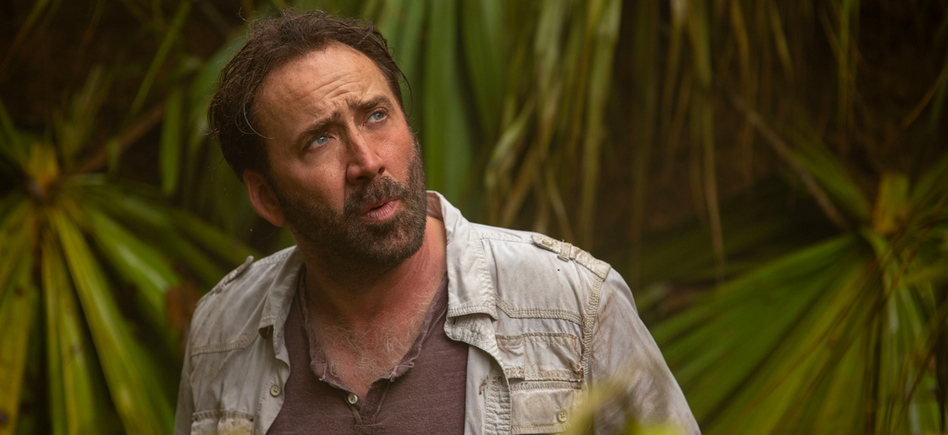The Report
by Hope Madden
Admit it. Own up to it. Hold yourself accountable. Then our country can move on.
Oh right, also, I saw The Report this week.
For his clear-eyed reminder of what post 9/11 America was like, writer/director Scott Z. Burns takes a page from Adam McKay’s book of outrage, leaving both tongue and cheek behind.
Daniel Jones (Adam Driver, who is having one hell of a year) is a Senate staffer working for Dianne Feinstein (Annette Bening, eerily good). He’s been tasked with investigating the CIA’s post 9/11 “enhanced interrogation” tactics.
Among the heads of the CIA are Thomas Eastman (Michael C. Hall) and John Brennan (Ted Levine).
That Burns cast two actors known best for playing serial killers as CIA leaders is slyly hilarious and indicative of the contempt the filmmaker has for those responsible for this shameful page in US history.
The Report brims with rage, justifiably so, but Burns never stoops to melodrama, rarely even preaches. Much of his ire is delivered via Driver’s sullen stare. Driver is characteristically amazing. Though his performance is largely internal, it spills over with the ache and anger of a citizen who loves his country and cannot believe what he sees happening.
The entire cast—and it’s a big one—impresses, from bewildered CIA staff to opportunists looking to cash in, from battered inmates to White House Chief of Staff. With limited screen time, each performer establishes a character, not a cardboard villain or hero, and the contribution elevates the entire film.
Burns’s script stumbles periodically over exposition, but given the sheer volume of information he covers, it’s a fault that’s easy to forgive. Somehow he manages to contain in just under two hours what Daniels himself couldn’t fit inside 7000 pages.
Importantly, though the film does look to enlighten us on the corruption, greed and fearmongering that led the US to such sadistic measures, Burns wisely leans more heavily on a larger theme of admission and oversight as the only steps toward regaining self-respect and the respect of the world.
Timely.














